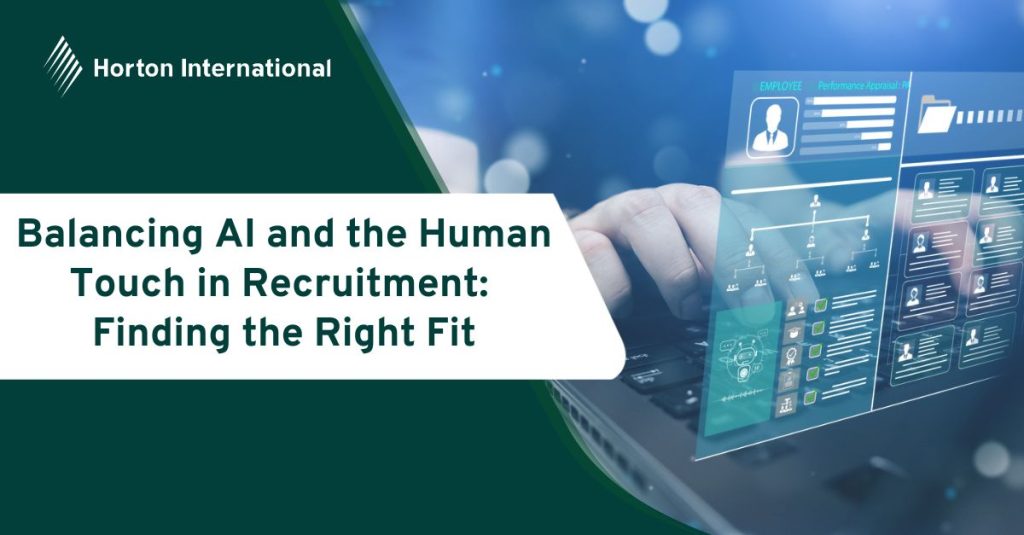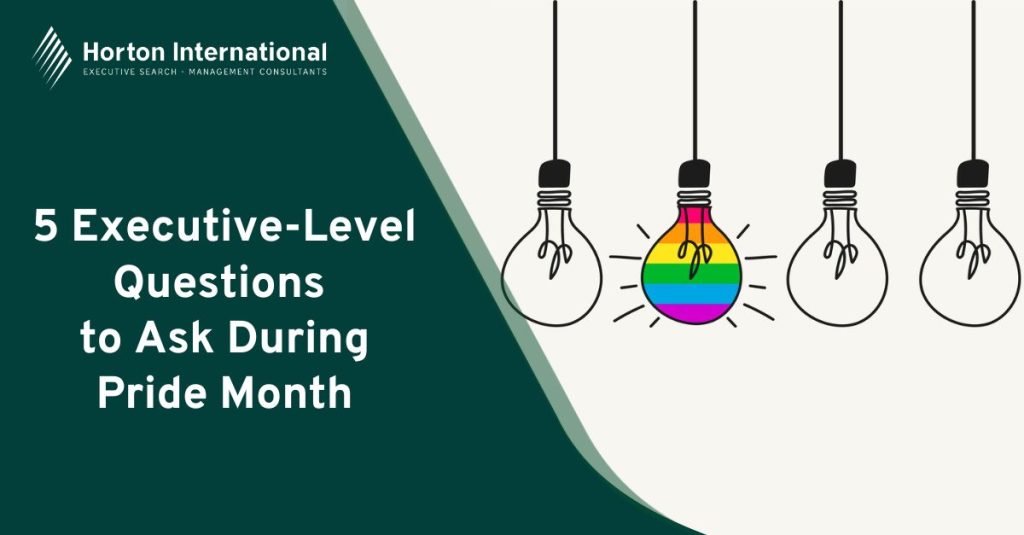In the aftermath of the pandemic and with further global upheaval and a significant rise in the cost of living; mental health has been catapulted to the forefront of corporate priorities, compelling employers to reassess their approach to employee wellbeing. Previously viewed as optional luxuries, programmes designed to support mental health and overall wellbeing are now recognised as essential. This shift is driven by increasing levels of stress and pressure from multiple sources, pressing organisations to act not just out of moral obligation but also out of operational necessity. As businesses adapt to this new reality, the investment in comprehensive mental health initiatives is becoming indispensable for maintaining a healthy, productive workforce.
The Rising Tide of Mental Health Concerns
The incidence of people with mental health concerns has been steadily increasing for years. Some of this is to do with improving reporting rates, but that is certainly not enough to explain away the increases found here in the UK. Recent research has shown that there is more than a coincidental link between depression and the cost of living. A survey carried out by the Office for National Statistics during September and October 2022 found that:
- Around 1 in 6 (16%) adults experienced moderate to severe depressive symptoms; this is similar to rates found in summer 2021 (17%), however higher than pre-pandemic levels (10%).
- When comparing within population groups, prevalence of moderate to severe depressive symptoms was higher among adults who were economically inactive because of long-term sickness (59%), unpaid carers for 35 or more hours a week (37%), disabled adults (35%), adults in the most deprived areas of England (25%), young adults aged 16 to 29 years (28%) and women (19%).
- Around 1 in 4 (24%) of those who reported difficulty paying their energy bills experienced moderate to severe depressive symptoms, which is nearly three times higher than those who found it easy to pay their energy bills (9%).
- Around 1 in 4 (27%) adults who reported difficulty in affording their rent or mortgage payments had moderate to severe depressive symptoms; this is around two times higher compared with those who reported that it was easy (15%)
- Nearly a third (32%) of those experiencing moderate to severe depressive symptoms reported that they had to borrow more money or use more credit than usual in the last month compared with a year ago; this is higher compared with around 1 in 6 (18%) of those with no or mild depressive symptoms.
Mental health issues are consistently more pronounced among women, young adults and those with preschool-aged children at home, with one in three women experiencing severe mental health concerns. Globally, two-thirds of women report extreme stress levels, highlighting an urgent need for intervention.
Mental health concerns are also increasingly affecting children. A 2023 survey of children and young people’s mental health found that 20% of children aged 8 to 16 had a probable mental disorder in 2023, up from 12% in 2017. Among those aged 17 to 19, 10% had a probable mental disorder in 2017, rising to 23% in 2023.
The Corporate Disconnect
Despite clear evidence of growing mental health issues, there is a notable disconnect in workplace priorities. Employees often rank improving wellbeing as a top priority, yet management frequently places it near the bottom of their agenda. Only 15% consider employee wellbeing a priority. HR managers are a little more on the ball, but only 20% believe it’s a priority.
If companies want to continue getting the most out of their employees while preventing burnout on a large scale, these attitudes need to change.
Changing Corporate Attitudes
In an interview with Horton International in the aftermath of the pandemic, Dr Santrupt Misra, shared his thoughts with us on corporate attitudes towards employee wellness.
He told us that there’s always been a normal distribution of approaches. Some are proactive and getting ahead in terms of employee wellness and others are doing very little and not caring. Then, of course, there’s a large number in the middle. Now there appears to be a shift. Both companies in the middle and the proactive group are doing more for employee wellness.
Dr Santrupt Misra described the growth in awareness, willingness to invest and willingness to experiment with new offerings and services. This change in attitude appears to be happening across the globe in all sorts of businesses. There is a trend of employees leading and companies providing support.
What Getting It Right Looks Like
Employee Assistance Programmes (EAPs)
These are not a new idea. In 2020, Gallup spoke to over 200 CHROs (Chief Human Resource Officers) from large organisations about their mental health and wellbeing approach. Four years on and organisations are increasingly recognising the importance of robust mental health programmes. Companies like Accenture have led the way with their own Employee Assistance Programmes (EAPs) focused on improving various aspects of employee wellbeing, including mental health. These programmes are complemented by initiatives to improve nutrition, hydration, digestion and sleep. Their extensive EAP programmes built around these pillars have given them a world-renowned culture of employee wellbeing.
Take The Pulse of Your Company
There is nothing more effective than asking your employees how they’re doing. Intermittent touchstone surveys were identified by the CHROs as an effective tool to identify teams where there may be wellbeing concerns. With this information, you can act before problems become unmanageable.
Train Your Managers
Managers are the first port of call for most employees who are struggling. This means that your managers can find themselves having a lot of difficult conversations. Instead of leaving them to deal with it alone, the CHROs advocate for upskilling. Train your managers on how to talk about mental health, how to do a mental health check-in, and allow them to brush up on their soft skills.
Don’t Forget Your Leadership Team
CEOs and senior executives face immense pressure, carrying the weight of entire organisations, which can impact their mental health, yet the resources available to support them are often limited.
From onboarding, CEOs and leaders should have access to appropriate support. This may be a coach, mentor or another third-party support system. It may be that a CEO has access to a specific go-to board member of the organisation with regular one-to-ones. As well as this, professional options of mental health support such as psychotherapists should be considered and available as necessary.
Strategies That Work
The right strategy for your company may look different from another’s. It’s crucial that whatever you do is designed to work for your employees and your managers. If you don’t get buy-in across the company, it doesn’t matter how amazing the idea is; it will fail. With that in mind, it’s important to have a toolkit of options at your disposal.
Starting from an organisational level will allow you to plan your work systems. You can embed wellbeing from the top down. This doesn’t mean it’s done as a dictate to workers, though. For instance, one effective option is to form teams around worker preferences and needs. Smoothly functioning teams can reduce a lot of day-to-day stress for everyone involved.
Embedding wellbeing into every aspect of your processes means that workers opting out or slipping through the cracks is less likely. You can add wellbeing and mental health criteria to standard agendas, performance reviews, and reward programmes.
Give your teams the freedom to choose the wellbeing practices that work for them. Offering choices is a good start, but try to be open to suggestions as well. An easy way to give your staff agency is to mandate micro-breaks. They can choose how to best use these. At a minimum, step away from their work for a moment and just breathe.
Conclusion: A Call to Action
Ultimately, focusing on mental health and wellbeing is not only the right thing to do; it’s also good business. Stressed and unhealthy workers are less productive and cost companies money. Whatever motivates you to improve health and wellbeing, it’s clear that organisations can’t ignore the situation any longer.








